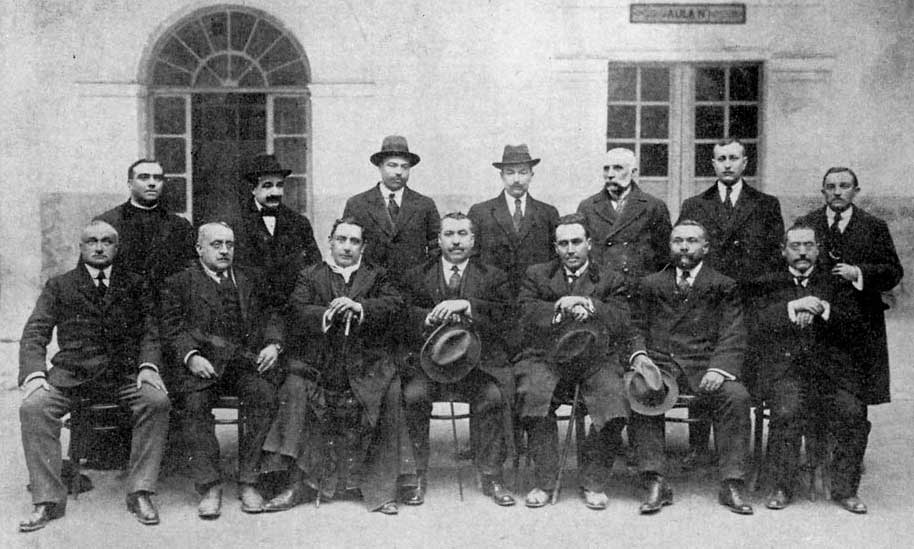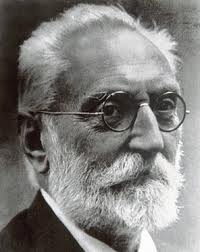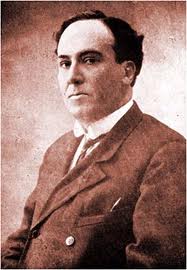Spanish Modernist Literature
From the War of Independence against Napoleonic France, to the Spanish-American War of 1898, Spain went through a torrid century of almost continuous military conflict, primarily internally but also abroad. Various successful and countless unsuccessful revolutions, added to the three Carlist Wars, the French invasion of 1823, the change of monarchy brought about by the Revolution of 1868, three wars against Cuba, interventions in Morocco, Mexico, Santo Domingo, and so on left the coffers broke and the population exhausted.

That was the background against which the 'Generation of 98' broke into the scene. The name itself adduces to the impact that the Spanish-American War had on the intellectual establishment of the time. A social edifice that found itself on the brink of collapse - in fact, which had already collapsed several times in the recent past - was burdened with the moral (not to mention economic) weight of another major defeat.
The literary scene in Madrid towards the end of the XIX century was eminently dominated by the major figures of Spanish Realism, from Benito Pérez Galdós to José Echegaray. The younger writers from the 'Generation of 98' were antagonistic against both the conventionally bourgeois politics of the ruling class, as well as the aesthetic postulates of Realism.
Thus, while the officialdom still portrayed a false image of a powerful Spain, fed in some degree by the military success of the African campaign in Morocco, for instance, or by the growing railway network developed in the country since 1860, the reality of the people of the country as seen through the eyes of the writers of the 'Generation of 98' was far more troubled than anyone in power liked to accept.
Generation of 98

Among the most recognised names linked to the 'Generation of 98' stands out the philosopher, novelist, playwright and poet Miguel de Unamuno. Born in Bilbao in 1864, Unamuno taught for many years in the Universidad de Salamanca and went on to play a central role in the intellectual establishment of a 'new' Spain that had to come to grips with the fierce reality it faced.
In this regard, Miguel de Unamuno's most lasting legacy has remained his two philosophical studies, The Tragic Sentiment of Life and The Agony of Christianity, both of them included in the Index . Ironically, Unamuno's views, though evidently controversial, are also deeply religious, particularly in The Agony..., where he characterises life as a constant struggle which cannot be won but which is continuously extended by virtue of faith.
Miguel de Unamuno's ideas in The Tragic Sentiment... preempt the line of thought that would develop some time later through Existentialism. However, the heartfelt pessimism that pervades his philosophical work is superseded in his fiction by aesthetic considerations that lead him to experiment with the structure of the novel and to create what he dubs the 'nivola'.
Mist (1914) is precisely such 'nivola', in which he seeks to disentangle the details of the story from any kind of context, immersing the reader straight into the proto-existentialist conflict of the plot. Hence, should you ever go to Salamanca and look up his statue, visit his home and find out about his life, you would be going diametrically against what he tried to achieve. But, by all means, do it!

The ´Generation of 98' was not an organised group. They were given that name by critics after the time and, therefore, it is difficult to establish exactly who belongs in it and who out. However, it is almost unanimously accepted that the Machado brothers, Antonio and Manuel, count among the most accomplished poets of the group.
Antonio Machado's poetry is deeply intimate and personal. Nevertheless, it shares a common trope with much of the literature from the 'Generation of 98', which is its fondness for the poor, run down, dusty dwelling of the Spanish heartland: the country which recognised itself as anything but a world power chose to look back inwards and find in its miserable condition the essence of itself.
Together with his brother, Manuel, Antonio Machado also explored the landscape and the popular culture of Andalusia - indeed, Manuel Machado is credited with having divulged and discovered many of the lyrics of the cantejondo prevalent in the repertoire today. So if you ever go to Spain and find yourself listening to some flamenco, chances are you owe it to the Machados.
